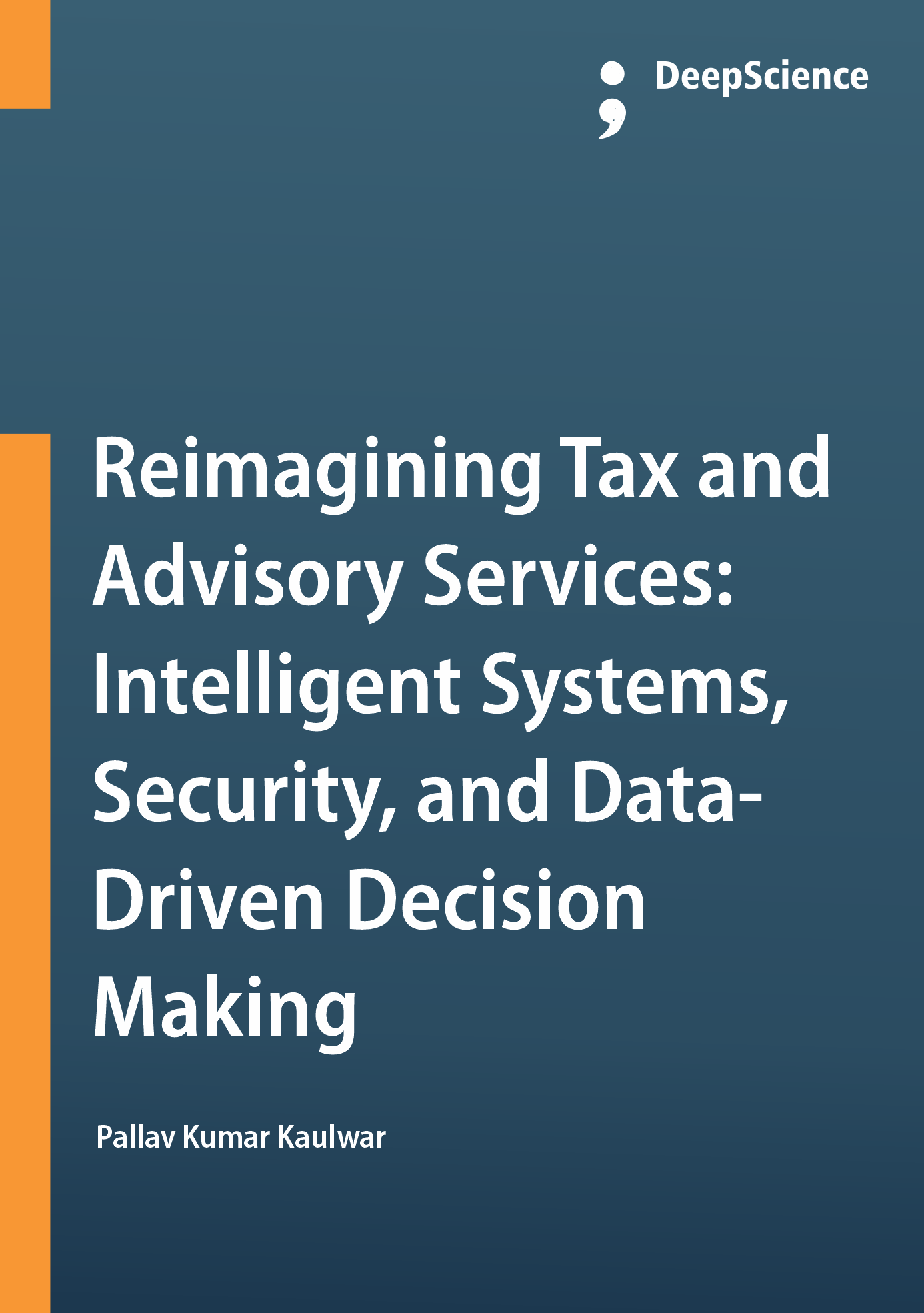The future of intelligent advisory: Agentic systems and beyond
Synopsis
The decision and action-making process may be enhanced by the modeling, monitoring, and simulation of complex systems. In this study, intelligent advisory systems are defined as technological systems that utilize data analytics and artificial intelligence (AI) to drive decisions and actions to solve a problem, mediate a process, or provide advice. Data analytics may be descriptive, predictive, prescriptive (or forecasting), or autonomous (or self-ruling or self-learning). Descriptive systems support a situational awareness and exploration of trajectories; predictive systems inform about estimates (probabilities) for the projected state(s) of the current situation, such as results and requirements; prescriptive systems suggest or perform decisions and actions in accordance with objectives and constraints; and autonomous systems description, prediction, and prescription is performed automatically. The value of the outcome usually increases when the sophistication of the system increases.
Intelligent agents are systems with utilities composed of temporary beliefs, an agenda of pending communications for possible enforcement conditions, and action selection architectures that may include a strongly articulated cognition mapping, reasoning processes, and heuristics (2C or a set of approximated functions of it). An agentivity gradient is used to model the performance of an intelligent agent. It varies from null agentivity for bare systems (zero belief/change-action) passing through only belief-change actions (weak agentivity), all agents of communications (intermediate agentivity) but without enforcement, and then reaching strong agentivity with widely articulated cognition.
The deep learning algorithm has been implemented to drive the scalability of interpretable & adoptable deep deterministic policies from their design with fuzzy knowledge. Pure DNN suffers from the inability to provide fast time-to-action initial policies and the gradual unfeasible complexity growth from narrow pathways, a non-bounded linear lifetime increase, or discretizing processes that might deem infeasible the descriptors needed for millions of actors or graphs. Parametrization and abstraction mechanisms settle an adapted hybrid trajectory control & representation assists but degrade headway learning performance. Streaming the representations or agents leads to a well-defined state-space focusing diversity increase instead of pure random and uncontrolled processes. Control representational pieces of knowledge, the focus of network activity on temporal & structural localities, and spiking & oscillation-interacting mechanisms bring about hybrid temporal or spatial NP conditions.













